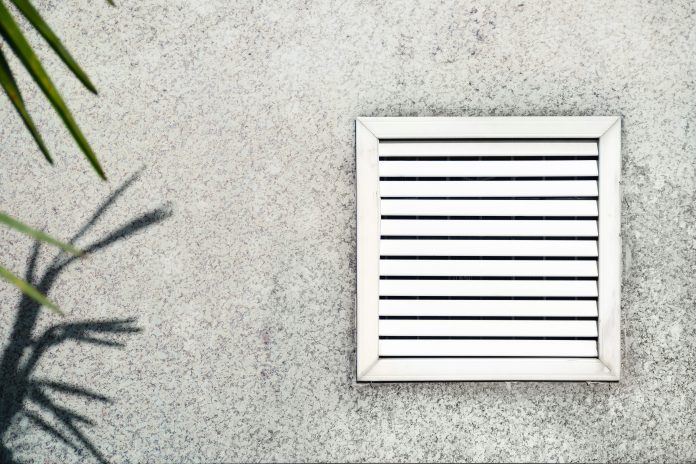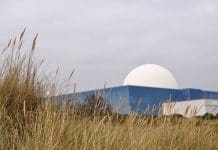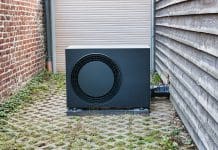When it comes to the efficient operation of a building, even the seemingly small decisions can have a big consequence, for example, what elements do you need to consider when specifying a louvre? BSRIA North’s expert, louvre testing facilities offer a solution
A louvre is a passive device, essentially a grille fixed over an opening, designed to let air through and keep water or sand out. It is designed to perform both these functions concurrently and its suitability for a specific application is established by how effectively it achieves these functions in combination.
June Davis, business manager of BSRIA North, said: “Louvres are big business and BSRIA can offer many hints and tips. Failure to understand and clearly express the performance requirement at the design or procurement stage increases the risk of the product not being fit for purpose.
“The end user may experience unwanted water penetration or wasted energy. This certainly isn’t a green approach. And, just as crucially for BSRIA members, does it save money?”
To achieve optimum performance, system designers and specifiers of louvres must have an appreciation of:
- How to understand weather louvre requirements.
- How to minimise whole-life costs through system design and louvre selection.
- Which terms to use to ensure that performance data are consistently stated when sourcing products from suppliers.
- How to minimise risks associated with overstated performance claims.
Performance testing
The standard performance tests are described in:
- BS EN 13030:2001 Ventilation for Buildings – Terminals – Performance testing of louvres subjected to simulated rain.
- BS EN 13181:2001 Ventilation for Buildings – Terminals – Performance testing of louvres subject to simulated sand.
June continued: “The test methods are designed to simulate real-life operating conditions the louvre will undergo when installed. The rejection performance can be established for a range of ventilation rates while subjected to windblown rain or sand.
“BSRIA operates a specialist louvre test facility, which offers members and clients alike, independent performance testing of sand and weather louvres to these standards.
“Indeed: it’s a niche and unique operation and facility! We are often asked questions about louvre design and, specifically, how to improve the louvre’s performance.”
Specifying a weather louvre
To specify a weather louvre requires the following elements:
- Understanding of the required volume flow rate, louvre face area and subsequent face velocity.
- Understanding of the permissible water penetration for the application, based on the classes provided by the standard test (A-D).
- Understanding of the standard test classes for discharge or entry loss coefficient (1-4) and that a higher Coefficient means lower energy usage.
June added: “It must, however, be mentioned that other factors can affect the running and performance of a louvre which are not accounted for by the standard test. Where possible, we can try to meet these needs.”














